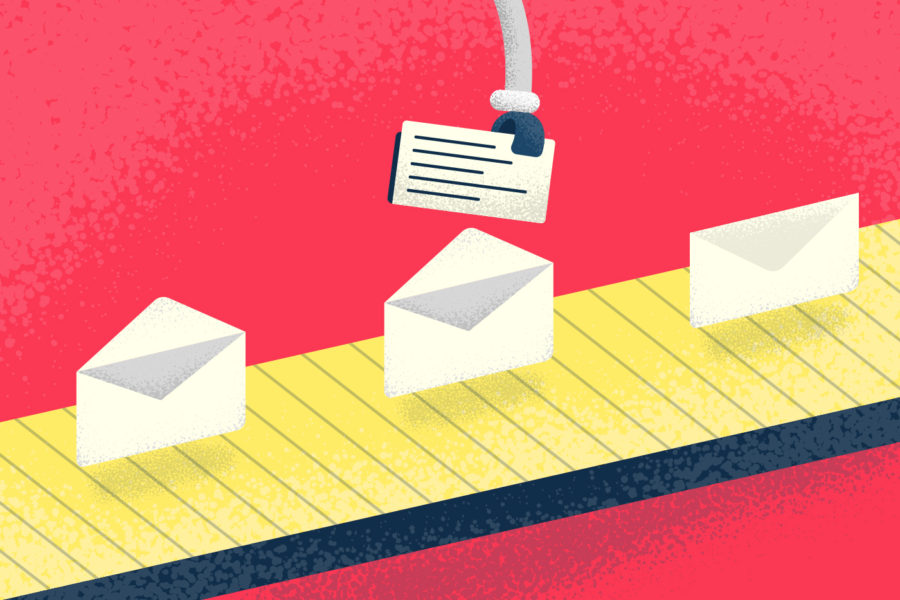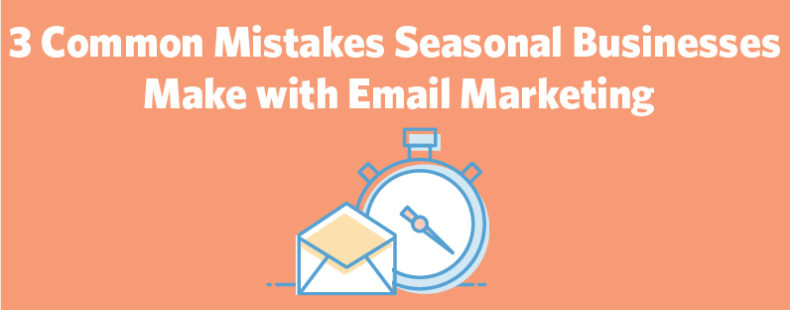When you’re networking it’s easy to fall into a rut, asking each person there the same questions: what do you do? How long have you been in business? Instead of asking routine questions that bore everyone you speak to bring a fresh perspective to the event. Asking engaging and interesting questions will help you stand out, and will lead to more fruitful conversations.
Here are three networking questions you should use at your next event.
How do you spend your time?
Many people are working at jobs that didn’t exist five or ten years ago. So the question ‘what do you do’ doesn’t always work at networking events. Instead, asking someone how they spend their time gives them runway to explain in fact how they spend their time and what they’re excited about in that moment. It’s an easy question to answer and will give you a better picture of the person you’re talking to than ‘what do you do?’
How can I be of service to you?
It’s easy to get caught up in what your business needs are. But what can you offer other people? How can you be a part of lifting up other small business owners?
Secondly, in the small business world, we survive by the help that we get from others. You want to extend the help you have to others so that they’ll be willing to extend help to you. You reap what you sow.
What’s the biggest challenge in your line of work?
Asking this question opens up a lot of options for the conversation. People like to talk about their challenges, so it gives your conversation partner a chance to blow off some steam. It’s also a learning opportunity for you. Knowing what challenges other business owners face can mean many things to you: a new opportunity to collaborate or expand, or a chance to hear about how another person faces their tough work days. Either way, this question is likely to lead to a truly engaging conversation.
Networking can be hard, but make it easier for yourself by asking these kinds of networking questions. Don’t get trapped in the same old, same old. Mix things up and walk away with a better understanding of who you just met with these networking questions.
ADVERTISEMENT
Source: https://www.business2community.com
Image Credit:
Westchester Networking for Professionals (WNFP) is a business organization focused on providing our members and guests with an extraordinary networking experience, bringing business professionals together for the sole purpose of generating new relationships and developing new business opportunities. Not a member, learn how you can become a member and join this awesome group of professionals to connect and grow your business.
Stay Connected with WNFP!













